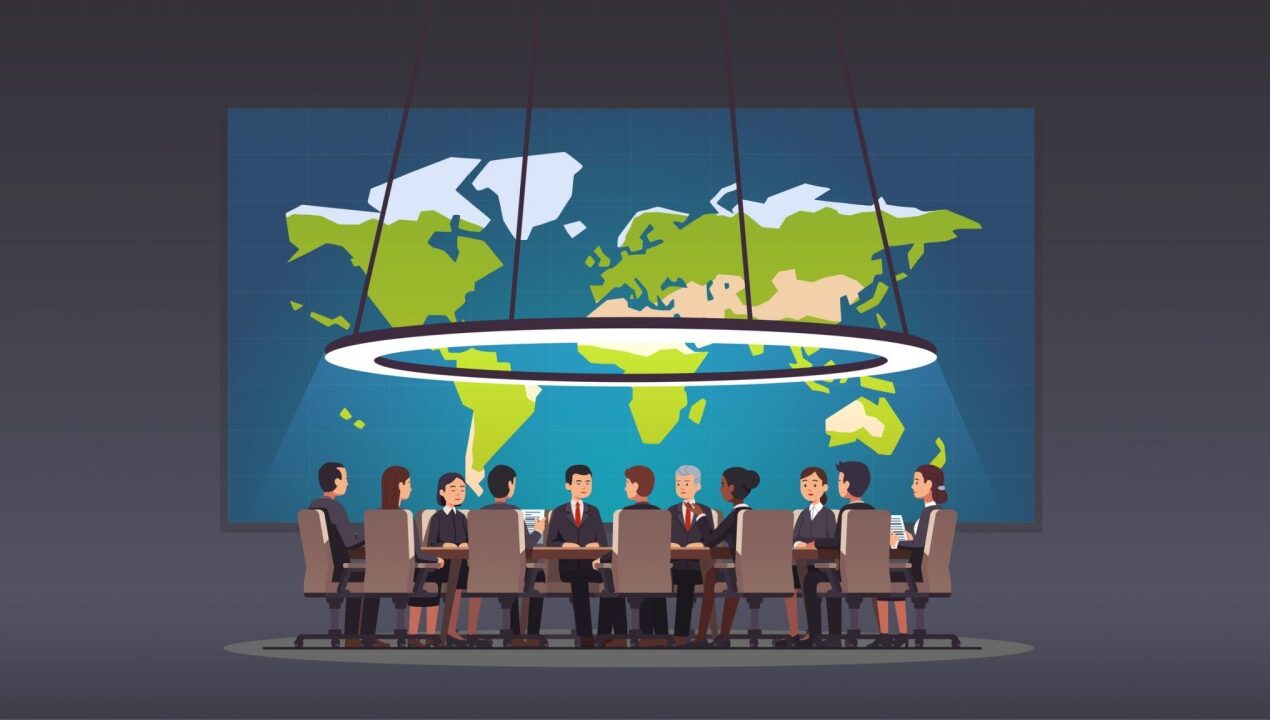International relocation is now more common than ever in a world where borders are becoming more fluid and mobility is easier. As evidenced by the impact of the Red Sea crisis on international moving, recent geopolitical events have gone on to affect global mobility trends, recasting patterns of migration to suit the changing global scene. Various events and conflicts, political instability, economic policies, and climate change have combined to shape the where, why, and how of cross-border mobility.
Political Instability and Conflict
Traditionally, the major driving forces behind international migration have been political instability and armed conflicts. Lately, they seem to exacerbate and it is Syria, Ukraine, and Afghanistan that have become targets for the relocated. The commencement of the Syrian civil conflict in 2011 precipitated a large-scale exodus of the population from the country. This displacement significantly changed the demographics of the Middle East and Europe. Another event with great regard is Russia’s invasion of Ukraine in 2022, which has changed the trend of immigration. A great number of Ukrainian refugees who fled their country found asylum in many Western European countries, particularly Poland, Germany, and the UK. The sudden rush of immigrants into the country has caused new policy changes for the arrival of such immigrants and rethink of the strategies to reduce pressure on the social services and housing markets of the host countries.
Economic Sanctions and Trade Wars
Economic sanctions and trade wars also influence international moving trends. The US-China trade war has prompted multinational companies to relocate production to Southeast Asia to avoid tariffs and maintain efficiency. Migration patterns have been driven by this change which has raised the need for skilled labor in these areas. Similarly, sanctions imposed on countries like Iran and Russia have had a significant impact on their citizens’ ability to travel and relocate. Restrictions on finance and trade have hindered migration from these regions.
Environmental Crises and Climate Change
It is anticipated that climatic and environmental factors are bound to continue driving increased migration as people move towards seeking habitable conditions. Small island nations, more so facing the adverse effects of rising sea levels and droughts, are in a process of massive displacement and relocation due to desertification. Environmental disasters in developed countries also lead to internal and international migration. These climate-driven population movements are reshaping demographics and posing new challenges for host countries.
Health Pandemics
International migration trends were significantly impacted by the COVID-19 pandemic. Global movement was initially halted by travel restrictions and lockdowns. New migration patterns did, however, appear when countries reopened. People were able to move to countries with cheaper living expenses or higher standards of living without sacrificing their careers thanks to remote work. The pandemic also highlighted the significance of healthcare governance and infrastructure. People looking for stability and security found that countries like New Zealand and Canada, which had effective pandemic responses, were appealing travel destinations. On the other hand, citizens in nations with inadequate pandemic management left in search of safer places.
Shifting Geopolitical Alliances
Changes in global political coalitions and transnational dynamics also exert a significant influence on shaping migration trends. Due to the United Kingdom’s withdrawal from the European Union, known as Brexit, many EU nationals left the UK to return to their home countries or move to other EU member states. This altered immigration laws and caused uncertainty. Meanwhile, increased immigration from non-EU nations to the UK has resulted from new trade agreements and bilateral relations. One example of how the UK’s trade agreement with India after Brexit has changed the UK’s migration picture is that it has made it easier for Indian professionals and students to migrate.
Rising Nationalism and Immigration Policies
Trends in international moving have been highly influenced by the rising nationalism and increased flow restriction policies that many countries enacted. The Trump Administration era in the United States has engaged in different ways to curb immigration into the country through travel bans and putting stringent measures on getting a visa. This resulted in reduced immigration rates and a change in migration patterns as people searched for countries with open arms. Other countries, like Canada and Germany, have been evolving to accommodate more inclusive immigration policies toward filling labor gaps with skilled workers. For example, Canada has its Express Entry system, and Germany has the Blue Card for streamlined immigration procedures in sourcing skills from all over the world.
Conclusion
Geopolitical events significantly influence international moving trends, shaping the locations and methods of relocation. The global migration landscape is complex and ever-changing, shaped by various factors such as political instability, economic sanctions, environmental crises, health pandemics, shifting alliances, and rising nationalism. Policymakers, companies, and individuals navigating the shifting dynamics of international migration will need to understand how geopolitical events affect moving trends as the world struggles to address these issues.
